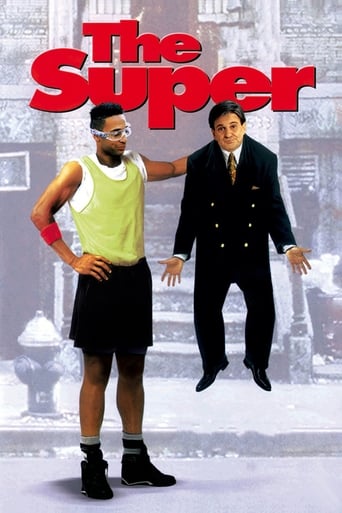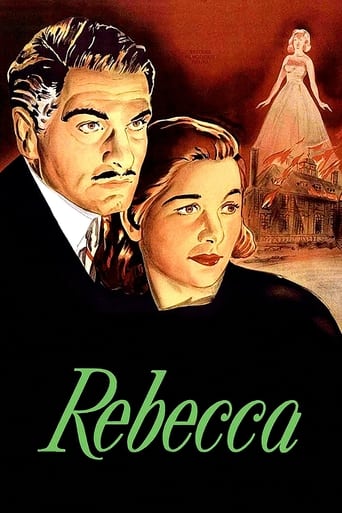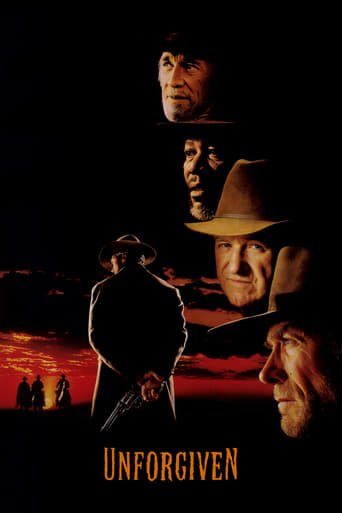


Megacities
Megacities is a documentary about the slums of five different metropolitan cities.
-
- Cast:


Similar titles
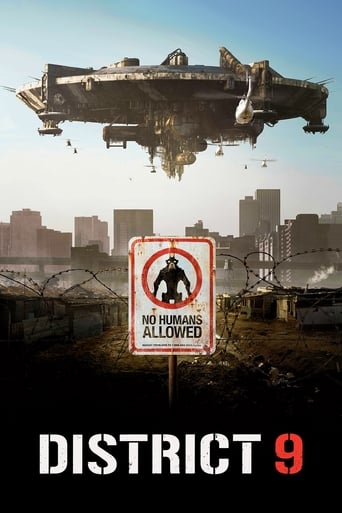

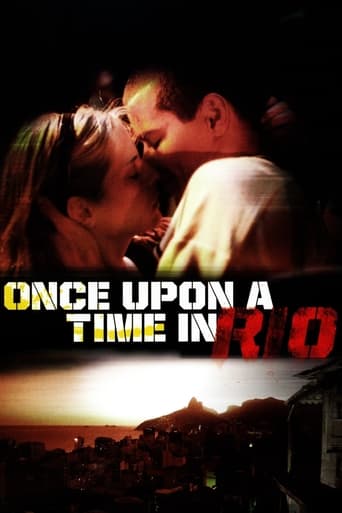
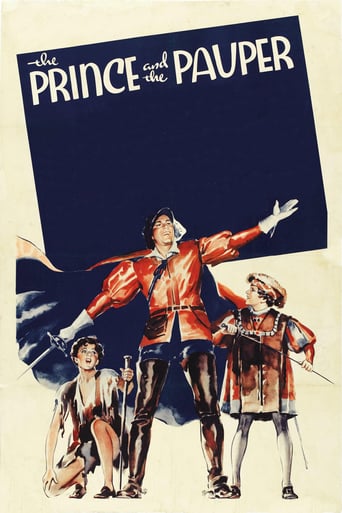
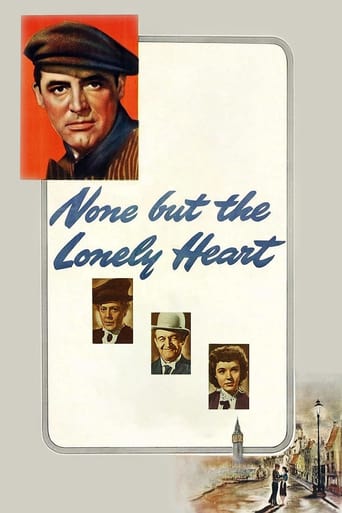
Reviews
Sick Product of a Sick System
Memorable, crazy movie
Just perfect...
It is an exhilarating, distressing, funny and profound film, with one of the more memorable film scores in years,
I cannot agree with the gentleman from Mannheim finding this movie exploitive and staged. Sure there were many scenes "staged" but certainly the "Truth" of it all spoke for itself. A better title perhaps would have been "Hell on Earth and the human condition", but that's OK. Mumbai, Moscow, Mexcico City and New York City, they all lend themselves for the study of the every day, for the every day poor and wretched. I have lived in Delhi for almost 3 years, but seeing Mumbai in this movie, in this way, was almost worse than being there myself. But in the end, after having seen the madness of the three other places, India seemed almost harmless again. Every viewer brings his own history, prejudices, expectations and stories to a new movie, but I am sure this one will really make a lasting impression.
Megacities is disturbing documentary about individuals from the underclass in four major megalopolises around the world. They are shown to be rather trapped in dead-end struggles to survive. When asked about their dream for a personal future, each one speaks of someday owning a home and supporting a family. But it seems that the global economy will not allow them to do so. One is a color dye sifter in India, working repetitive days filled with one mechanical motion by hand. Another is a stripper in Mexico, fondled onstage by drunken anonymous men, something she has the grit to tolerate in order to support her three children. Another works nights in an iron mill in Russia, alternating between freezing and blasting hot. Another is an obnoxious street hustler in NYC. Some work up to their elbows in the bloody hell of a poultry slaughter house, or collecting household garbage in horse-drawn utility chariots, or dredging recyclable objects that have been thrown away in the city's filthy sewer canals by wading through the dangerous muck, or etc. Nevertheless, each poor individual has a quiet composure, albeit under visible stress. The dye sifter faces the camera and states that no one knows the daily suffering he endures, that he is not happy, but has no options. This film allows him to say that and thereby allows us to know it. This knowledge is what the film produces, a knowledge that more than half the world knows intimately while the other half of the world protests ignorance of this open secret, this hidden injustice. I attended this at a Taipei documentary film festival in September 2000, and afterward heard the director's sane replies to many critical questions from the international audience of competitive film-makers. Michael Glawogger, the director, noted that a few years ago, Time Magazine stated that by the year 2000, more people on earth would live in such sprawling cities than there are people who live in the countryside--for the first time in history. The balance has shifted decisively toward an urban population the world over. What this means also is a new human invention: the megacity, those vast, dense, sprawling growing urban zones of more than 10 million souls in each. This film is set in four: Moscow, Mexico City, New York, and Bombay. Yearly these megacities suck in the surrounding suburban and rural populations with their dizzying gravitational pull, like economic black holes. As everyone knows, the folks come streaming in looking for a better life, for work, to escape the very emptying of the countryside itself, ironically in some kind of circular feedback system. Most end up in a ghetto or shack, clinging to the fringe of an urban nightmare.The documentary embodies the director's curiosity about the daily struggle to survive in those new megacities, about those individuals one might pass by on the street. The cumulative effect of his stories is that our systems have "created absurdity" as one man states in the film--Superbarrio Gomez.Critical questions from the audience that night can be divided into two types, formal and ethical: 1. Formal. The film reconstructs scenes deliberately, and the subjects are paid. The director's method is to wander a city for a week or so, getting to know people. After a further relationship with them, he gains enough trust and cooperation even "friendship" as he says to direct them to act as themselves in a typical, "authentic" portrayal of their lives. Other film-makers in the audience were rather skeptical that this could even be called a documentary. But Michael Glawogger holds that it is authentic and that it is no more a fiction than any documentary-- that it is impossible to film private life without altering it in some way just by the presence of the camera. People who know that they being filmed begin to act as though they are on film. And the camera always selects and frames and excludes. Film is a subjective point of view as much as it is an objective record, whether as documentary or as narrative fiction. The only difference here, the director insisted, is that he deliberately foregrounds the process of construction, allowing the viewer to readily access the fact that this is a reconstruction. That a room full of film-makers had to be reminded of these basic insights only shows their theoretical naivety. It as if the whole profession needs a refresher trip back to grad school.2. Ethical. Does paying the subject encourage them to exploit the film-maker? Or conversely, does it exploit the subject? Why were only poor people filmed? Wouldn't a more balanced portrait of megacity inhabitants be more appropriate? (a banal call which illuminated the real issue: this film disrupts our class blindness and evokes the mysteries of class division). The audience at a documentary festival is pretty much middle class, and they gaze in shock at the hidden life of the underclass on the screen. Then they express dismay that the film is not as "balanced" as TV supposedly is. But this film in fact supplies the other side which has been absent in the so-called balanced view of globalized megacities. Another woman mistakenly accused the film of focussing only on brown and black bodies in the 3rd world. She was wrong factually about both conditions: the semi-naked abject bodies of white drunks in Moscow are shown extensively; white people in NYC are shown a little. Are these instances of brown people in the 3rd world? Again this kind of criticism simply echoes a formulaic political objection to a 1st world gaze, without actually addressing the film we just watched. Some cultured middle-class people of color, viewing the film critically, might too easily confuse their discomfort with class differences for their more accustomed experience of ethnic or racial differences. The film was made precisely for these kind of ethical issues to be placed on the agenda of international discussion. I think that director Glawogger, a white male from Austria, ought to be given some credit for the formal and political (elsewhere known as "ethical") sensitivity that shines through his documentary. He claims that his subjects are treated with dignity. Yet the audience made it clear that the real subject of this film is more disruptive.
This movie documents the lives of the poor and social outcasts in four mega-cities of the world - Mumbai-India, Moscow-Russia, Mexico City-Mexic and New York-USA.Some of the scenes makes your skin crawl, like the scene where scavengers are wading through an open sewer and the stripper being groped in a peep show club.Some of the scenes were deeply personal and extremely disturbing.But the movie had a very acid-wit ending when the credits rolled. In Bollywood movies, you have scenes where there are lots of good looking actors doing a Bangra dance in beautiful landscaped backgrounds. But here the, director got a nicely choreographed Bangra, except instead of a lovely landscaped garden in the background, we have a massive landfill, extending all the way to the horizon, and instead of nicely dressed good looking actors, there are the ordinary, poor, dirty workers and students who live their lives in this terrible place... yet they dance well :)
Nice one, though at the beginning of the film it's hard to keep up with the subtitles and the images at the same times.The scene of the chickens being left to die brought shivers down my spine. It makes me think twice about eating chickens.

